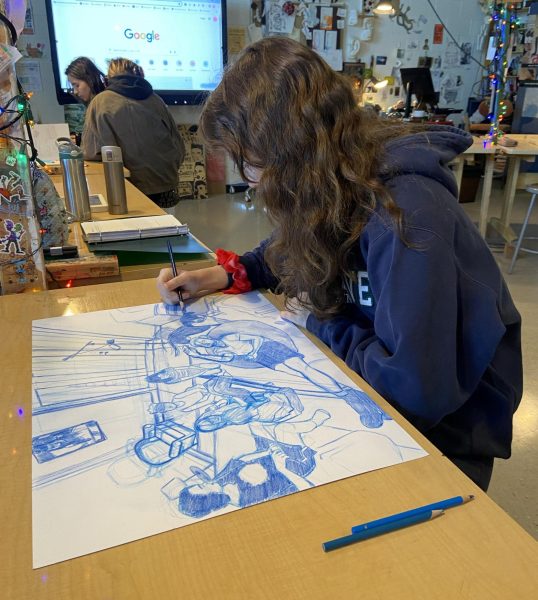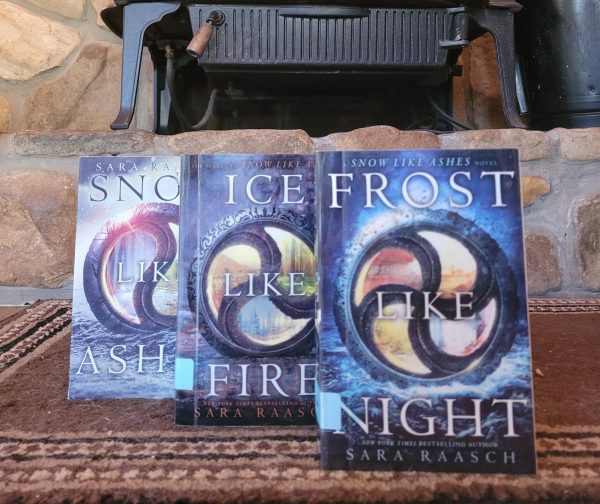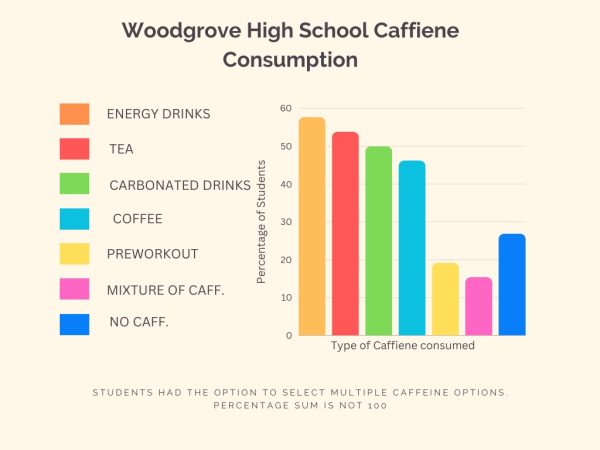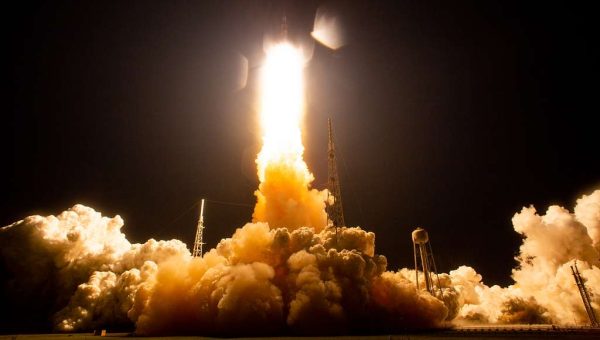Running for Green or Glory?
Hooves strike the earth with an urgent ferocity as crowds of finely dressed people with fabulous hats jump in their seats. Years of determined effort have been invested into just a quick sprint across a 1.25 mile track. As the finish line is broken, cheers, and millions of dollars, are wrung from the crowd.
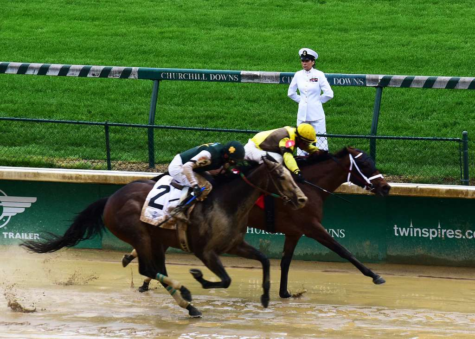
The Triple Crown’s Kentucky Derby is possibly the most prestigious equine event in the country. The competitors are three-year-old horses, whittled down to 20 of the top racers after proving themselves on previous tracks. Countless people work tirelessly to support these animals. “Farmers, veterinarians, tractor dealers, agricultural suppliers, farriers, secretaries, public addressers, food trucks and the list goes on and on,” remarked Susu Dale, an avid member of the horse community.
However, accusations of abuse are also not far from this competition. In 2022, the winning horse, Rich Strike, was punched in the head by his owner. “Punishing a horse who was in a frenzy as the crowd roared is inexcusably cruel,” declared PETA Senior Vice President Kathy Guillermo.
The rumors that the Kentucky Derby is little more than a filter of money for the rich and powerful also are not entirely unfounded. Betting is quite intertwined with horse racing. Many people fall victim to gambling addictions as they throw their money in hopes of one horse pulling ahead. Despite this, the money received from this trend helps keep the sport alive. Dale commented, “Horse racing depends on betting to make the racetracks viable businesses.”
This sport, while grand and flashy, has its perils for both animals and people. Perhaps a better future lies ahead, but for now, it will continue to captivate millions as it has since 1875.
Your donation will support the student journalists of Woodgrove High School. Your contribution will allow us to purchase equipment, attend conferences, and cover our annual printing and website hosting costs.



